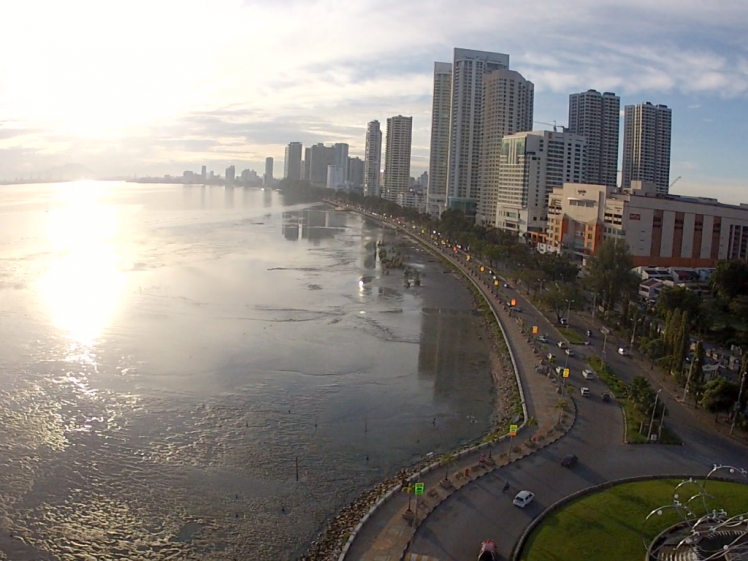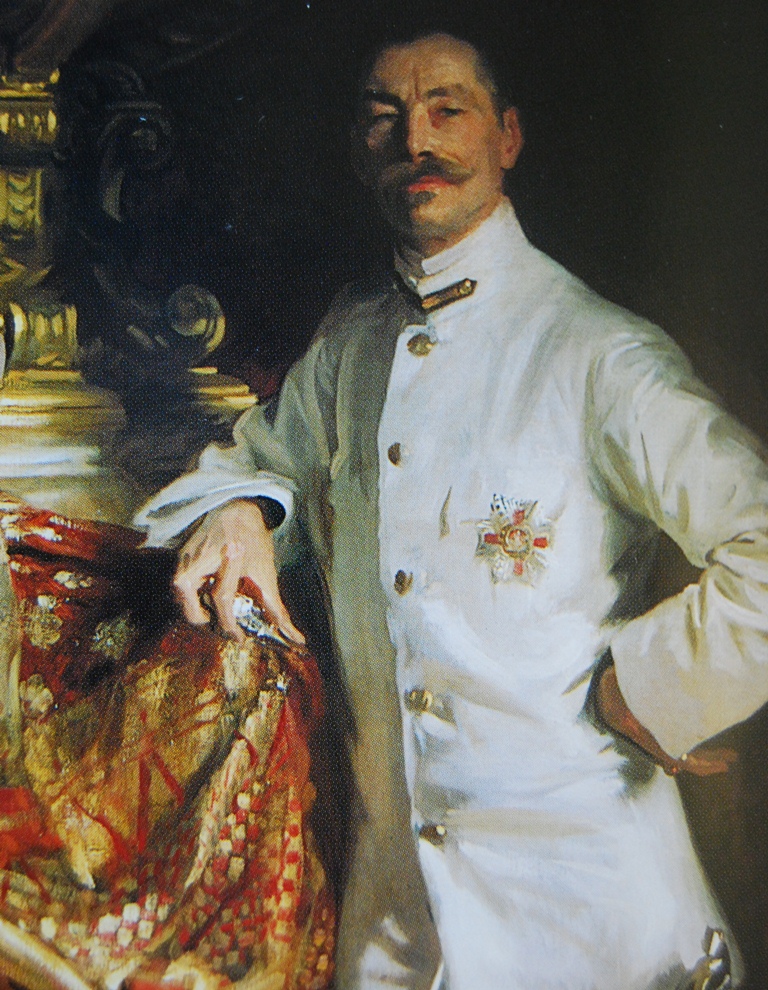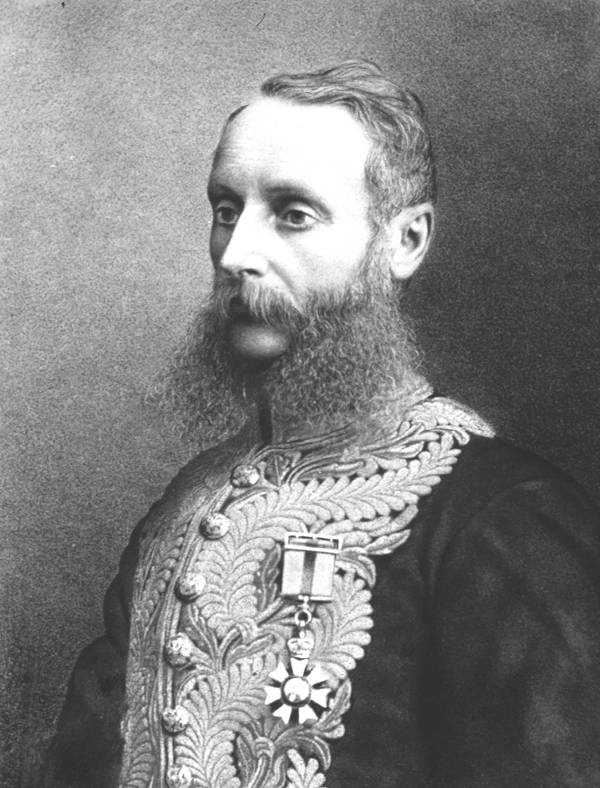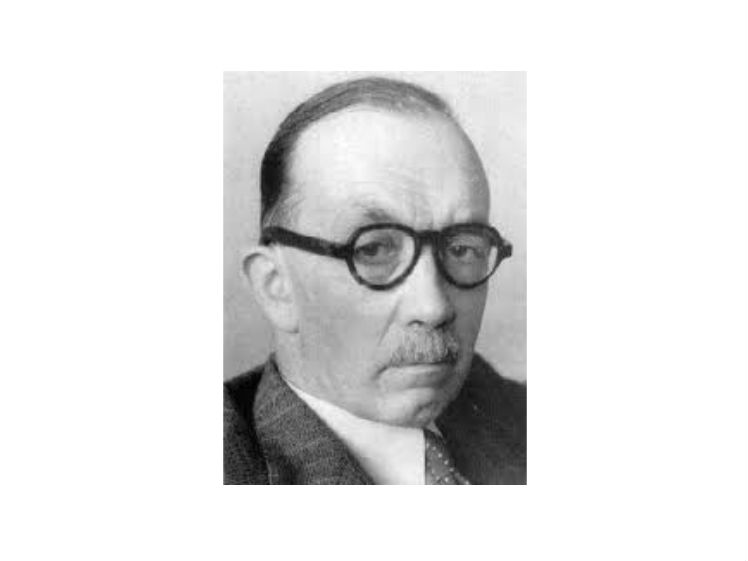Austen Wilks uncovers the history behind the British names that still live on in the streets of George Town.
Many visitors to Penang are puzzled by the British names which still grace the streets of Penang. Scotland Road, springs to mind, and although it’s far from the heather and highlands of the far north, its name may once upon a time have eased the heart of Scottish residents far from home. Amazingly, it lives on into the present era with just a little Malayanisation – jalan has been substituted for road. The same treatment has preserved the names of many contributors to the history of this island, the first and most ancient foothold of the British East India Company in Malaya, way back in the eighteenth century. George Town itself was founded by a man called Francis Light, who named the town after the monarch then reigning in Britain, George III. Its very prestigious twin, of course, is George Town in the heart of Washington D.C. Light himself is remembered in Lebuh Light, a street that runs from the end of Lebuh Farquhar – celebrating the first British Resident and Commander of Singapore – past the ancient Light Street Convent to Fort Cornwallis.
Beyond Fort Cornwallis lie two important reminders of Penang’s maritime past – Weld Quay and Swettenham Pier. If you travel on the now-almost “heritage” ferry service to Butterworth, which still plies despite those wonders of engineering represented by the two bridges to the mainland, you will be aware of having left Penang from Weld Quay, now called Pengkalan Weld. Butterworth, the main town of Seberang Prai, itself was named after William John Butterworth, the Governor of the Straits Settlements from 1843 to 1955. And anyone taking the express launch to Langkawi or embarking on one of the cruise ships that ply the waters of the Andaman Sea will see the name Swettenham against the pier named after him. Gurney’s name receives prominent notice from the large modern shopping centre built on Persiaran Gurney, the old Gurney Drive, not far to the north of George Town.
Who were these men with these foreign names, with all their overtones of an obscure colonial past, which have been allowed to remain prominent in the current environment in which the new Malaysia strives to become a first world country? I’ve chosen these men in particular to emphasise particular turning points in the history of Penang and the country of Malaysia from which, in great part, it has grown. For three quarters of a century after the foundation of Penang in 1786, the Malay States on the adjoining mainland were not much troubled by the development of the modern world. The State of Kedah, now a proud member state of Malaysia, had been a tenuously held part of the ancient never colonised country of Siam since the 1820s, and would remain so until 1909. Perak and Selangor were still largely jungle, penetrated here and there by tin miners, but ruled in traditional manner by the ancestors of the modern Malay Sultans. These are the same Sultans that now provide the college from which the constitutional monarch of this international group of States is elected.
Swettenham
Swettenham was born in 1850 and until he started his work in mainland Malaya in the 1870s, there had been little change in the traditional river-based way of life of the ancient Malays: fishing, cultivating rice, fighting their neighbours, and observing Islam. Almost up to the first days of Swettenham’s service there was a longestablished policy on the part of the British to leave the Malay States alone, but that was changing. This was the era of the most frantic colonisation on the part of the European powers. Most of Africa would be carved up leaving no land in the hands of its natives. Britain, France, Germany, Belgium, Portugal, and Italy all became the rulers of significant tracts of that vast continent.
In the quiet backwaters of Penang and its more vigorous sister, Singapore, the British Imperialists feared the incursion of other European powers into the innocent and ancient forests of mainland Malaya. There was also a need to regulate the growing tin mining industry, which was destined eventually to transform, for example, an obscure muddy junction of rivers in the upper jungle (or ‘ulu’) of Selangor into Kuala Lumpur, the modern national capital. A uniquely British solution to this problem was found and it was largely implemented by Swettenham. This was the ‘Residency’ system under which the local rulers were obliged to provide accommodation for a European Resident and to seek and take his advice on all matters excepting Malay religion and customs. When Swettenham retired in 1904, this system was securely implemented and remained in place until independence, except of course for the period 1942-45.
Sir Frederick Aloysius Weld
The next contributor to Malaysian history whose name appears on the Quay where the ferries to the mainland come and go, is Sir Frederick Aloysius Weld. He was born a generation earlier than Swettenham, in 1823. He started work in Malaya somewhat later than Swettenham, serving as Governor of the Straits Settlements 1880-7. So rapid was the transformation then taking place, that whereas Swettenham had travelled on foot along the ancient elephant paths, and had hefted small boats across shallow places in the rivers, Weld travelled to Taiping from the coast in a special truck behind the engine of the new railway then under construction terminating at a port then named after himself (Port Weld), now Kuala Sepetang. However, his name still appears in the Quay at Penang, and several other places in which he worked during the long Victorian afternoon, the heyday of the British Empire.
Sir Henry Lovell Goldsworthy Gurney
My last contributor had a far more tragic termination of his service to this country than the first two men who passed into honourable retirement back in their own native countries. Sir Henry Lovell Goldsworthy Gurney died here, a victim of the Communist insurgency after the Second World War. Of course after the British defeat at Singapore and the spreading of Western education with its fundamental belief in human equality, the days of the Empire, in which foreigners could govern in foreign lands, were clearly numbered. Gurney was appointed High Commissioner to Malaya on 1 October 1948. He was 50 years old – at the apex of a distinguished career as a professional colonial servant.
It is said that Gurney founded the policies carried to fruition by his successor, which defeated the insurgency and laid the foundation for the peaceful passage to independence for the peninsula, with its ancient British islands. This ultimately led to the voluntary accession of several former British-held states across the seas, to create modern Malaysia in 1963. On 6 October 1951 Gurney was travelling from the national capital, Kuala Lumpur, towards Fraser’s Hill when he was ambushed and killed. You can still see his official Rolls Royce, its bullet holes repaired, in the Penang Museum. Although I’m a frequent visitor to Penang, I still live in England and when I drive down to our family seaside home, I drive part of the way on an old Roman road.
Although resurfaced more than a few times in the two thousand years since it was first constructed, its engineering has enabled it to be used until the present day. Although it’s doubtful that these old British names will last so long in Malaysia, the fact that they have survived to the present is a great tribute to the friendliness that exists between the two nations.
We would like to acknowledge Ralf Touby’s aerial views of the modern Gurney Drive and Swettenham Pier. Ralf has “flown” over Penang in his drone camera and you can see more of his fascinating work at www.youtube.com/watch?v=0pEKvdEr3w8.
You can see the full diorama of Weld Quay as it would have been in the late 19th century at the Made in Penang Museum on Weld Quay.
Read This: Understanding the Meaning of Malaysian Road Names
Source: The Expat Magazine January 2015
"ExpatGo welcomes and encourages comments, input, and divergent opinions. However, we kindly request that you use suitable language in your comments, and refrain from any sort of personal attack, hate speech, or disparaging rhetoric. Comments not in line with this are subject to removal from the site. "





















